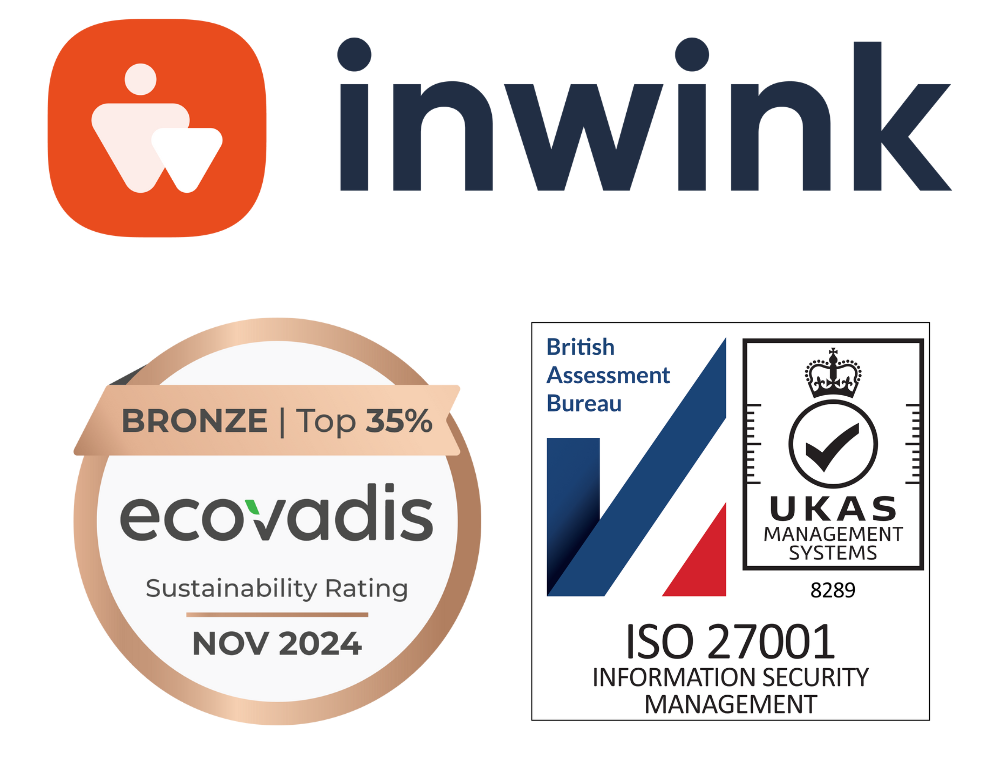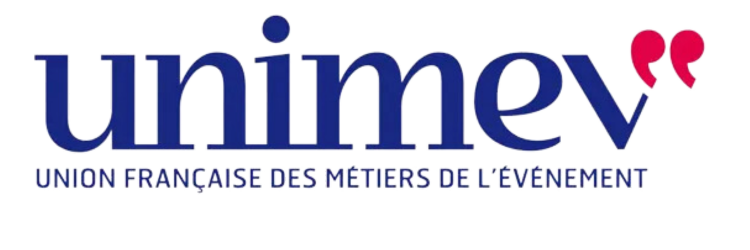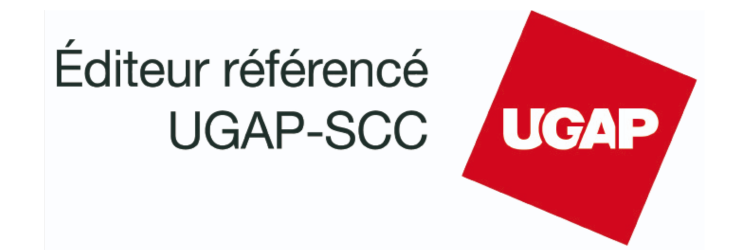What actions can you take to promote your B2B event?
First things first: no promotion of your event= no attendees.
Secondly, organizing an event represents an investment in which maximizing the return on this requires making your event as visible as possible.
The promotion of your event, whether it’s digital, in-person or hybrid, is an essential ingredient for success!
Here are some tips on how to best promote your B2B event and reap the rewards of your efforts.
Before getting started, define the objectives of your event promotion
First, define the objectives of your event promotion strategy. These goals will of course depend on the type of event you are organizing.
For example, if you’re looking for specific targeted accounts you want attending your event, the total number of registrations will not be a key indicator of success.
The objectives of promotion to the participant audience may be based on
- Number of registrants
- Number of registrants from a target list
- Number of ticket purchases
- Number of discounted tickets
- Number of registrants who created an account on the event website
- …
Manage your promotional campaigns
You’ll need to track the promotional links in order to get an idea of how you are making progress towards your objectives and to know what the performances are for the different actions you have set up.
1) Using your B2B event website as the number one tool to promote your event
For a face-to-face event, the event website is the showcase of your event where you can communicate important information, make visitors want to attend, and allow registration.
A digital event’s website is the event itself and also serves as a communication tool before the event date!
Your website should be the perfect reflection of your brand’s visual identity and messages. Taking the time to refine the messages and visual elements that you put forward will allow you to get the most out of this powerful communication tool.
The essential elements of your event website:
- Date and time of the event
- Registration form or ticketing
- Description of the event
- Presentation of the speakers (with a link to their Linkedin profiles)
- Agenda of the event, with descriptions of the sessions
- Pages dedicated to the event’s partners
- Teasing Elements (videos or photos of previous editions, quotes from participants, countdown, etc.)
- Useful information (how to get to the event, where to stay…) for face-to-face events only
- Access to video sessions or digital events only
2) Promoting the event via email
One of the first channels you can use to communicate your event is email.
Your emails should systematically contain a CTA to the event website and ideally straight to the registration form. This CTA should be placed as high up as possible in the invitation email so that your recipients can access it without scrolling.
How to segment mailing lists
In order to reach the right people, we recommend that you segment your mailing lists and personalize your communications according to the targets.
Segmentation can be done on several criteria:
- Geographic (especially for face-to-face events)
- By industry
- By position in the company
- By customer/prospect/partner status
3) Promoting the event on social media
Social networks are a place for conversation. Your event must be promoted there before, during, and after the date.
We recommend creating a hashtag dedicated to the event, and communicating it to all parties (organizers, speakers, participants, partners…), so that all posts referring to it are visible and categorized as such.
Currently, the two most important social networks to promote a B2B event are LinkedIn and Twitter. Depending on your industry and your target audience, you can also choose to communicate on Facebook, Instagram, etc.
3 key tips:
- Be visual. Work on the look of your social posts.
- Do some teasing. Enhance the content of your event with quotes, short video, or key figures. Tag your speakers and promote them.
- Systematically link to the event’s website.
4) Promoting the event on your website or blog
A good way to announce the event to your audience, is on your website or blog.
On your corporate website, you can create an Events page dedicated to your events calendar.
You can also create a dedicated banner containing a CTA to the event website to be temporarily displayed in a sticky bar, or in a visible place on some pages of your website and/or blog.
5) Promoting the event through your partners and speakers
Your speakers and partners can become your event’s ambassadors if you bring them along for the ride.
Supply them with a ready to use communication kit so that they can easily share on their own socials.
For certain events, you can even include an invitation quota in partner packages.
6) Promoting the event in the media
The N°1 interest of press communication is that it allows you to reach target people who were not yet on your radar (not yet found in your marketing lists, nor on your social networks).
You can publish a press release about your event that your press agency will relay to the media. Beware though, the chances of press coverage are very low for this type of actions. You will greatly increase your chances of being picked up if your event is complemented by the release of exclusive content (studies, statistical analyses, collection of testimonies…), which can supply more interesting articles.
Inviting a list of journalists can also be in your best interest as they’ll be able to pass on the content of the event afterwards.
Finally, you can invest in paid articles to reach your target audience. In this case, it will be necessary to choose a media whose audience is precisely the one you’re targeting. Defining the results you can expect to get through the chosen paid media will give you an idea of how many participants will come to your event thanks to this investment.
7) Promoting the event through your employees
You wouldn’t be organizing an event if it wasn’t important for your company, right? So you’ll have to get the whole company on board!
If your event is for your customers, who better to spread the word than your Customer Success team? If it’s aimed at target prospects, the sales team will play a key role.
In any case, it’s always a good idea to involve your colleagues by regularly talking about the prepping of the event.
Likewise, update banners in the company’s email signatures so that each email sent by an employee can show your event (always making sure to include a CTA to the event’s website).
After the end of the event, you can continue communicating through all the channels mentioned in this article. This is especially useful for digital events where the content will be available in replay, which will therefore continue to live on and bring visibility long after the event ends.




